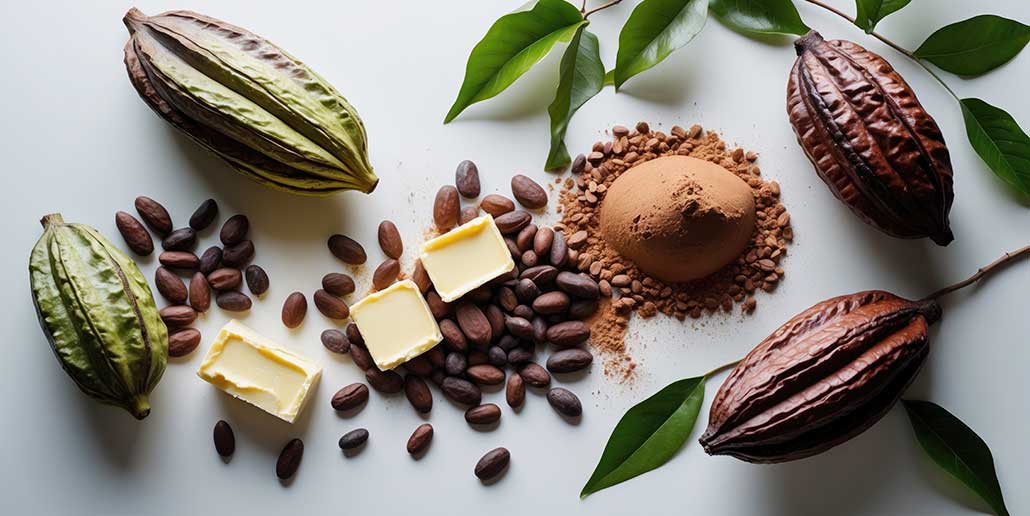
Cocoa’s Next Chapter
In recent years, some of the world’s most iconic chocolate brands have taken bold steps away from their traditional confectionery roots. From wellness products and cosmetics to plant-based snacks and beverages, these companies are expanding into new markets at an increasingly rapid pace. While this may seem surprising to chocolate purists, it’s a strategic pivot driven by changing consumer behaviour, health trends, and sustainability concerns.
Consumer Preferences Are Changing
Today’s consumers are more health-conscious than ever. Sugar reduction, clean labels, and functional ingredients are no longer niche concerns—they’re market drivers. Millennials and Gen Z in particular are scrutinizing food labels, looking for products that do more than satisfy cravings. As a result, chocolate companies are being forced to innovate beyond traditional sweet treats.
Brands like Nestlé and Mondelēz International have begun investing heavily in better-for-you options. These include low-sugar, high-protein, and plant-based snacks that align with wellness goals. Products with added benefits—like magnesium-enriched chocolate or cocoa-infused energy bars—are now emerging as high-demand items on grocery shelves.
Beyond the Candy Aisle: Entering Health and Wellness
The wellness economy is booming, and chocolate companies are taking notice. With cocoa’s natural antioxidant and mood-enhancing properties, it’s no surprise that brands are experimenting with integrating it into dietary supplements, sports nutrition products, and even nootropic drinks aimed at improving focus and mental clarity.
For example, Barry Callebaut has promoted “cocoa as a superfood,” while artisanal brands are incorporating functional herbs and adaptogens into their cacao blends. These products appeal not just to chocoholics but to consumers seeking multitasking food items, where indulgence meets intentional health benefits.
Cocoa in Skincare and Beauty
Beyond food and wellness, chocolate is also showing up in personal care. The natural fats and antioxidants in cocoa make it a popular ingredient in skincare. Lush Cosmetics, for instance, has long incorporated fair trade cocoa butter in its lotions and balms. Now, larger chocolate producers are collaborating with beauty companies or launching their own cosmetic lines infused with cocoa-derived ingredients.
These ventures not only generate new revenue streams but also allow chocolate companies to leverage their supply chains and sustainability credentials in new industries. Brands that already source ethical cocoa can promote these values in skincare and wellness sectors, increasing consumer trust and brand loyalty.
Diversification as Risk Management
Chocolate brands diversifying beyond sweets acts as a form of risk mitigation. The confectionery market, while massive, is vulnerable to fluctuations in commodity prices, evolving health regulations, and shifting consumer perceptions about sugar and processed foods.
By branching into multiple industries, chocolate firms can reduce their reliance on one product category. This kind of agility is essential in a time when consumer trends can pivot quickly, especially in response to health concerns or economic shifts. The COVID-19 pandemic highlighted just how important adaptability can be for global brands.
Sustainability and Ethical Sourcing
Environmental and ethical concerns are another key factor pushing diversification. Younger consumers in particular demand transparency in sourcing and want their purchases to reflect their values. This expectation extends to labor rights in cocoa farming, deforestation, and climate impact.
To meet these expectations, many chocolate companies are rebranding themselves as sustainability-first enterprises. Expanding into products like oat milk-based drinks, upcycled cocoa husk snacks, or fair trade beauty items allows them to reinforce this identity. In doing so, they attract conscious consumers while making better use of their supply chain byproducts.
Innovation as Identity
In 2025, innovation is more than a business strategy—it’s a brand identity. Companies like Lindt, Hershey’s, and Mars are no longer just chocolate makers; they are lifestyle brands. From launching experiential cafés and cooking kits to investing in food tech startups, these firms are actively reshaping how people engage with chocolate and cacao.
This transformation also invites collaboration with tech, health, and fashion industries. Whether it’s wearable tech that monitors chocolate cravings or limited-edition fashion inspired by cacao origins, the possibilities for brand extension are growing.
What This Means
The move beyond sweets isn’t a departure from chocolate’s core identity—it’s an evolution. By tapping into wellness, beauty, sustainability, and lifestyle markets, chocolate companies are future-proofing their brands while staying connected to what consumers love: indulgence with purpose. As these companies reimagine the role of cocoa in modern life, they’re proving that chocolate has a place far beyond the candy aisle.

